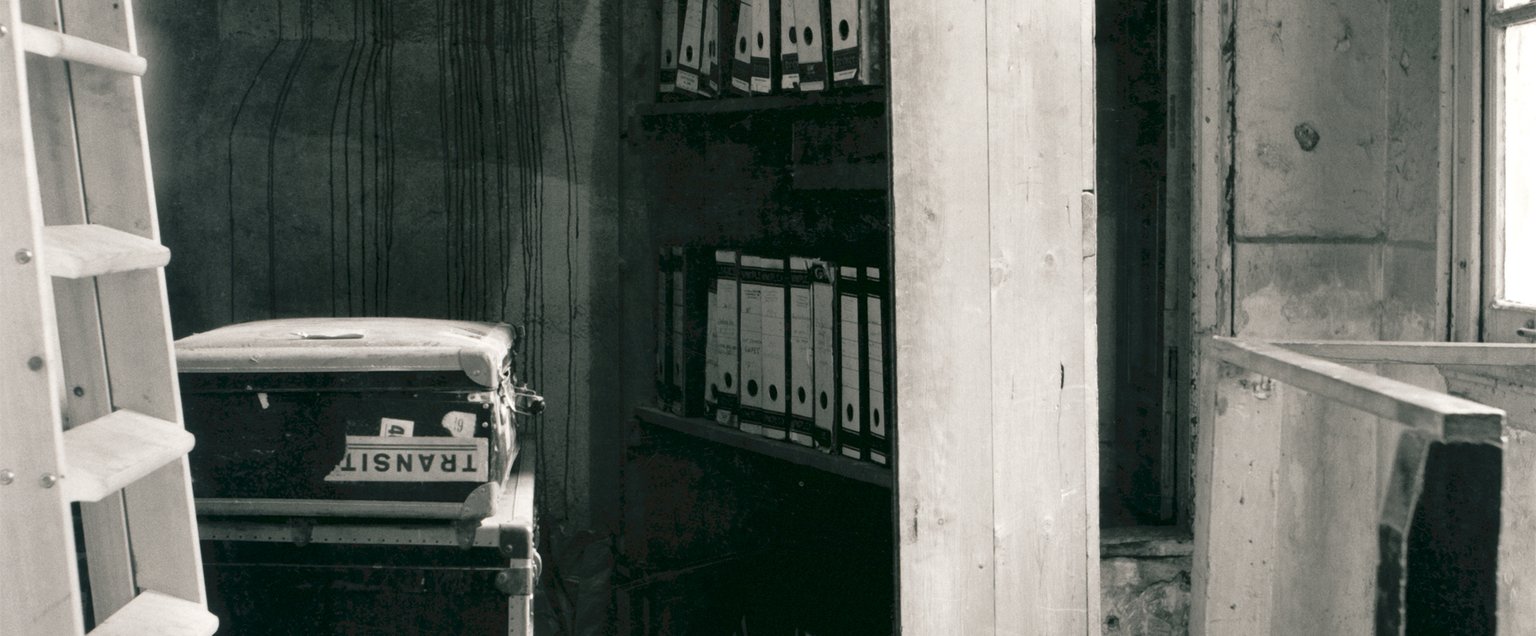This study presents new findings: possibly illegal employment and ration-coupon fraud played a role in the raid on 263 Prinsengracht and led to the discovery and arrest of Anne Frank.
Eight Jews in hiding behind a movable bookcase. A story known worldwide from Anne Frank's diary. And the dramatic ending, portrayed on stage and filmed: booted Germans stomping up the steep stairs and heading directly to the Secret Annexe. A while later, the people in hiding and two helpers being driven away in a truck. And another familiar part of the story: the telephone call. Supposedly, shortly before the raid, an anonymous call arrived at the Sicherheitsdienst (SD, German Security Service) revealing the whereabouts of the people in hiding. But to what extent is this true? Did the investigators who raided the premises know there were Jews hiding in the building?
Another Perspective
To tell Anne Frank's story as completely as possible, it is also important to take a close look at the raid that brought the hiding period to an end. The question asked has always been Who betrayed Anne Frank and the people in hiding? This explicit focus on betrayal, however, has limited the perspective on the arrest. Scenarios based on other premises have never been examined at length. In this new study conducted by the Anne Frank House, the focus is not on betrayal but on the raid itself: Why did the raid on the Secret Annexe take place, and on what information was it based? The arrest was examined, from this starting point, using already known sources and newly discovered information. Anne Frank's diary entries from March 1944, not previously used as a primary source, led to police and judicial documents from different parts of the Netherlands.
Illegal Employment and Fraud with Ration Coupons
Until now, the assumption has always been that the Sicherheitsdienst arrived at 263 Prinsengracht looking for Jews in hiding, and that the raid was clearly the result of betrayal. Yet, for an 'ordinary' case of wartime betrayal, the story contains many inconsistencies. This new study reveals that there was more going on at 263 Prinsengracht than just people being hidden in the Secret Annexe. Illegal work and fraud with ration coupons was also taking place. The current research study provides a different perspective: it is possible that the SD searched the building because of this illegal work and fraud with ration coupons, and that the SD investigators discovered Anne Frank and the seven others in hiding simply by chance.
